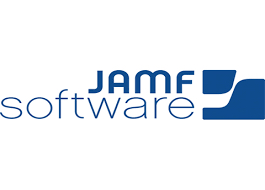During the Apple Worldwide Developers Conference keynote, when I saw that things like versioning was a part of a set of application programming interfaces and technology that third-parties could incorporate into their own software — and that other Apple services would be working cross-platform — FaceTime kept popping up in my mind.
Wasn’t it supposed to be a technology that Apple was sharing with the world and that would allow other devices and software to participate in the FaceTime world? Whatever happened to that? Makes me kind of dubious when I hear about the new stuff.
Apple said they would work with a standards body on getting FaceTime into the market. However, I think that’s mostly a ploy. Apple doesn’t need a standards body for that. The tech that FaceTime is built on is a collection of open source and licensed tech that Apple does a great job of tying together. All Apple really has to do is to release their code and any licensing dependancies and let the third parties work out any licensing issues — if they have any. Meanwhile, Apple could let it be know that they are working on freeing up licensing requirements. They would score some PR cred and maybe get some of the larger companies that already have things like H.264 licenses to start producing FaceTime apps and devices.
As far as that goes, it would be sweet if FaceTime was integrated more closely in the new iMessage system and tied to apps more closely. For example, if I’m working on a Pages document, I’d love to be able to see if someone that I’ve shared that document with is available, fire up FaceTime, and both look at and edit the document while we discuss it.
With the iMessage announcement, I’m hoping to be able to switch between communications methods as I need to. However, I need more confidence that new tech like FaceTime is not just a keynote bullet. (Thanks to J. Scott Andersons’ assist with today’s editorial.)
— Dennis Sellers



